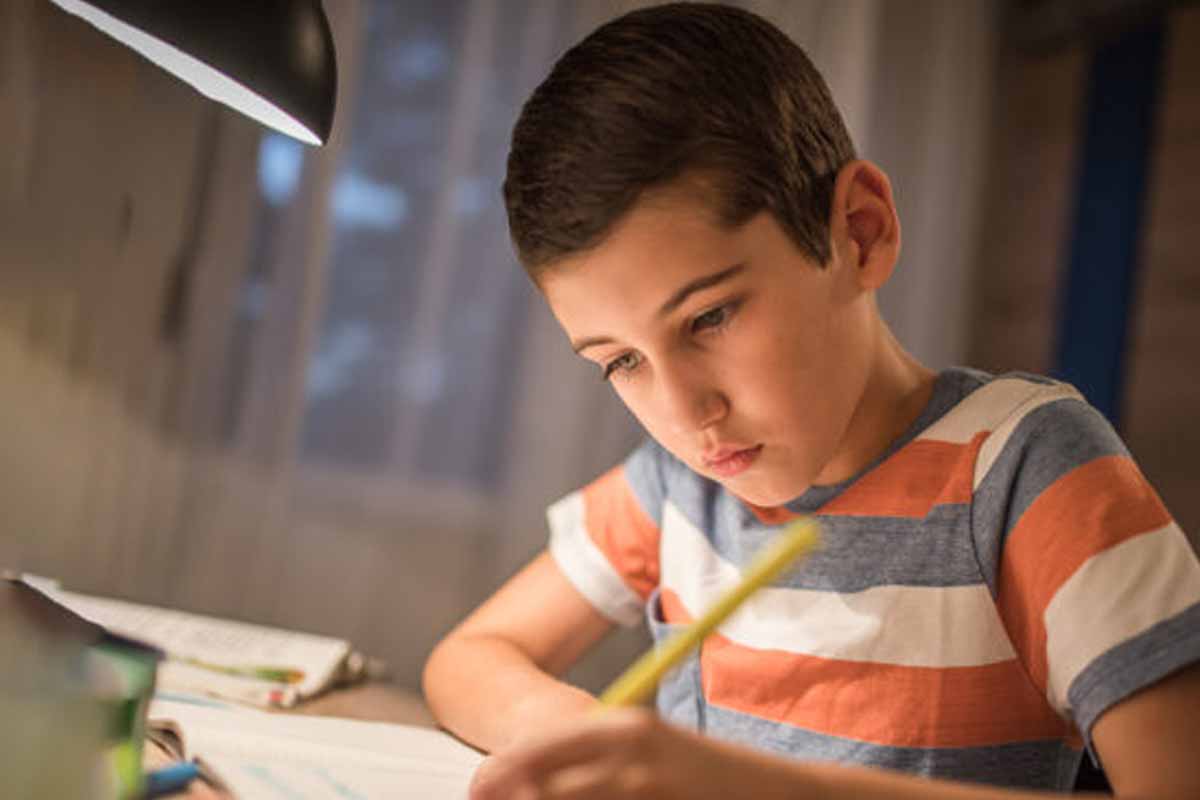You’ll feel the benefits of music training long before you memorize a single scale. Kids light up, parents relax, and homework stops being the only place brains get a workout. Music sneaks past resistance and invites curiosity without pressure. Stay a moment, and I’ll show you how that spark becomes real growth.
The subject school’s sideline, and why it matters
Schools chase test scores, spreadsheets, and neat dashboards. Music often gets trimmed when budgets get tight or schedules shrink. That’s a shame, because the benefits of music training reach beyond a report card. Access looks fine on paper, yet millions of children still miss the chance. They lose a friendly doorway into attention, memory, and confidence. Families feel that loss at home, in routines that wobble and tempers that run hot.
Give a child ten minutes with keys or strings and watch the breathing slow. Watch posture lift, eyes focus, and mood find its level. This is not magic, just smart use of rhythm, pattern, and play. The benefits of music education for children show up fast, and they stick when time is scarce.
How sound turns the whole brain on
Play a single rhythm, and many systems wake up at once. Ears analyze pitch and timing while hands follow a map. Eyes track shapes, and breath sets pace without being bossy. That mix builds coordination the way sports do, only gentler. It also trains executive function, the set of skills behind planning and impulse control.
Kids learn to hold patterns, switch tasks, and restart after small mistakes. They read smoother and tackle math with less friction because timing supports working memory. Empathy grows, too, because music carries feeling in a language kids understand. You can hear it in duets and group jams, where listening becomes the point. None of this needs an expensive studio. A kitchen table works. Plastic cups work. The benefits of music training arrive as soon as repetition meets joy.
Home strategies that make practice stick
Parents don’t need perfect technique or long lessons to get results. Keep it light, social, and tied to what kids already love. A little cheer and a playful attitude beat strict drills every time.
Try these ideas and make them your own:
- Start tiny. A $20 keyboard or shared guitar invites tinkering without fear.
- Follow their tastes. Borrow loops from games, cartoons, or pop hooks they already hum.
- Make it a game. Tap rhythms with pencils. Score silly points for matching a chorus.
- Write your day. Turn the bus ride into lyrics and fit words to a beat.
- Move with sound. Add claps, steps, and snaps while cleaning the room.
- Normalize misses. Show a pro flub a note and smile. Celebrate the retry, not perfection.
- Build rituals. Short jam nights, lazy karaoke, or evening walks naming city sounds.
Short sessions win. End on a high note, and kids will ask for round two. You’ll see patience rise and frustration drop, one tiny groove at a time. That’s the quiet engine behind the music education; you can feel at home.
What changes first, and where will you notice it
Gains appear in small, human ways before they show on a test. Morning routines run smoother because focus lasts longer. Directions stick the first time, and transitions stop derailing the day. Kids match peers, anticipate cues, and speak up without freezing. Teachers see fewer blank stares and faster starts after instructions. Parents notice sharing improve during duets and rhythm games.
That social ease matters as much as any worksheet. Confidence climbs when effort turns into music you can actually hear. It’s rewarding, which means practice keeps happening. Practice is the whole game. Repetition plus joy builds durable pathways that carry over to reading and math. That’s why coaches, therapists, and teachers keep pointing to the benefits of music training during tough seasons.
Keep the door open: access, momentum, and simple next steps
Some districts cut hours. Others shuffle staff and call music a “nice extra.” Families can’t wait on perfect policies to get started. You can build a small, sturdy plan today:
- Block ten minutes, three nights a week, and protect it like family dinner.
- Pair sound with motion: march, sway, or step-touch while clapping patterns.
- Use free apps for drum loops and tuners; keep the tech light.
- Track tiny wins in a notebook: “held the rhythm,” “finished a verse,” “asked to play.”
- Invite a friend or sibling for duets; social practice multiplies attention.
- Rotate roles—one keeps time, one improvises—so kids learn to listen as much as play.
- Ask school staff about clubs or shared instruments; small grants often sit unused.
If dizziness, pain, or attention hurdles show up, check in with a pro. A teacher or therapist can tweak stance, tempo, and rest breaks. The goal stays human: a calmer home, steadier focus, and more joy in the room. When music time feels good, it survives busy weeks and messy days. That’s how you get momentum without a fight. And that’s where the benefits of music training become part of family life. Pretty soon, you’ll notice a softer voice during homework. You’ll notice quicker recoveries after stumbles, on stage and off. You’ll notice kindness growing, because making music asks us to listen. Keep it playful, keep it regular, keep it yours. In that space, kids change from the inside out. The benefits of music training don’t demand perfection. They ask for curiosity, a little rhythm, and a habit you look forward to keeping.
